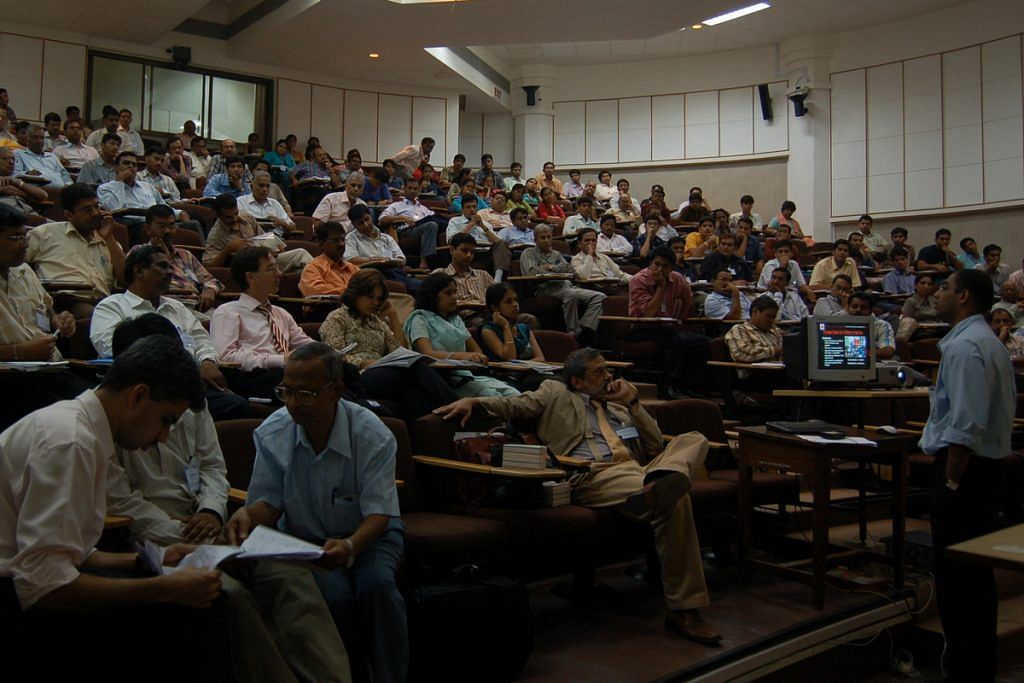QS rankings gives greater weight to universities with focus on hard-sciences, Chinese universities emerge on top again.
In Quacquarelli Symonds’ (QS) recently released university rankings for BRICS countries, the Indian Institute of Technology, Bombay (IIT-B), and the Indian Institute of Science, Bangalore (IISC) are ranked in the top 10. Seven of the top 10 universities are Chinese and the two Indian institutes are ranked nine and ten respectively.
However, IISC has fallen in this year’s ranking. The Bengaluru-based institute, which was ranked 6 in last year’s ranking has fallen to rank 10.
In contrast, IIT-Bombay has risen from rank 13 to rank 9.
When the QS World University rankings were released in June, no Indian university made it to the top 100. In the QS Asia University Rankings 2018 that were released in October, nine Indian universities made it to the top 100, but none featured in the top 10.
In the new BRICS university rankings, which was topped by China’s Tsinghua University, three IITs—Delhi, Kharagpur and Madras—made it into the top 25. IIT Roorkee, IIT-Gauhati, Calcutta University, Jadavpur University, Anna University and IIT Hyderabad featured among the top 100.
How are the universities ranked?
The QS BRICS list ranks 300 universities from Brazil, Russia, India, China and South Africa. The ranking is based on parameters such as peer reviews, employer reputation, international students, the number of citations, faculty staff with PhD, student-to-faculty ratio, etc.
However, the ranking has also received a fair share of criticism for its methodology, including the use of citation databases that are more likely to cover natural sciences. Critics say this gives lower importance towards social sciences research.
